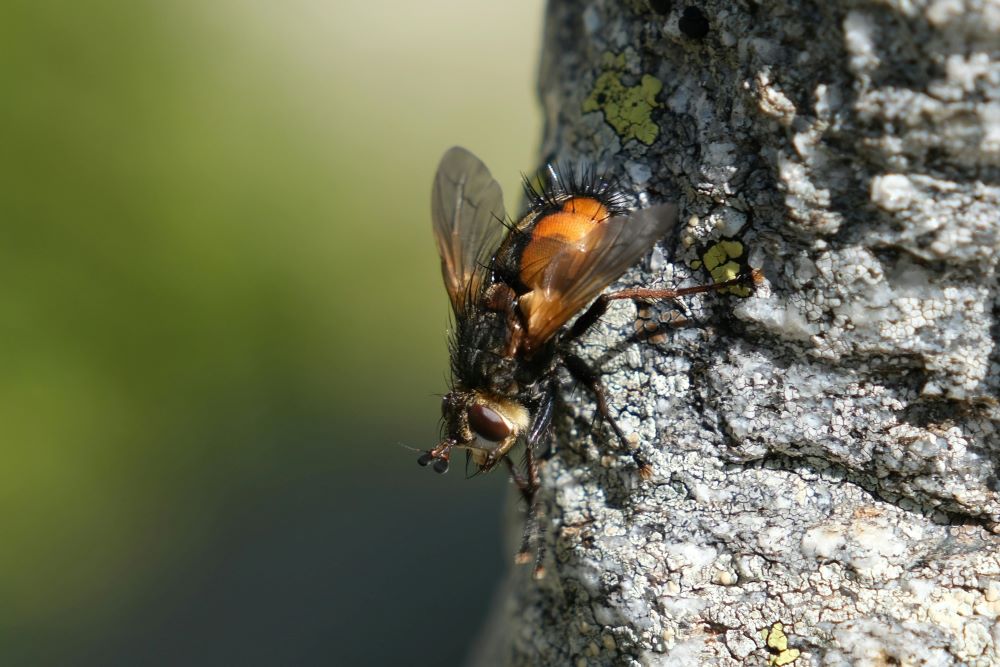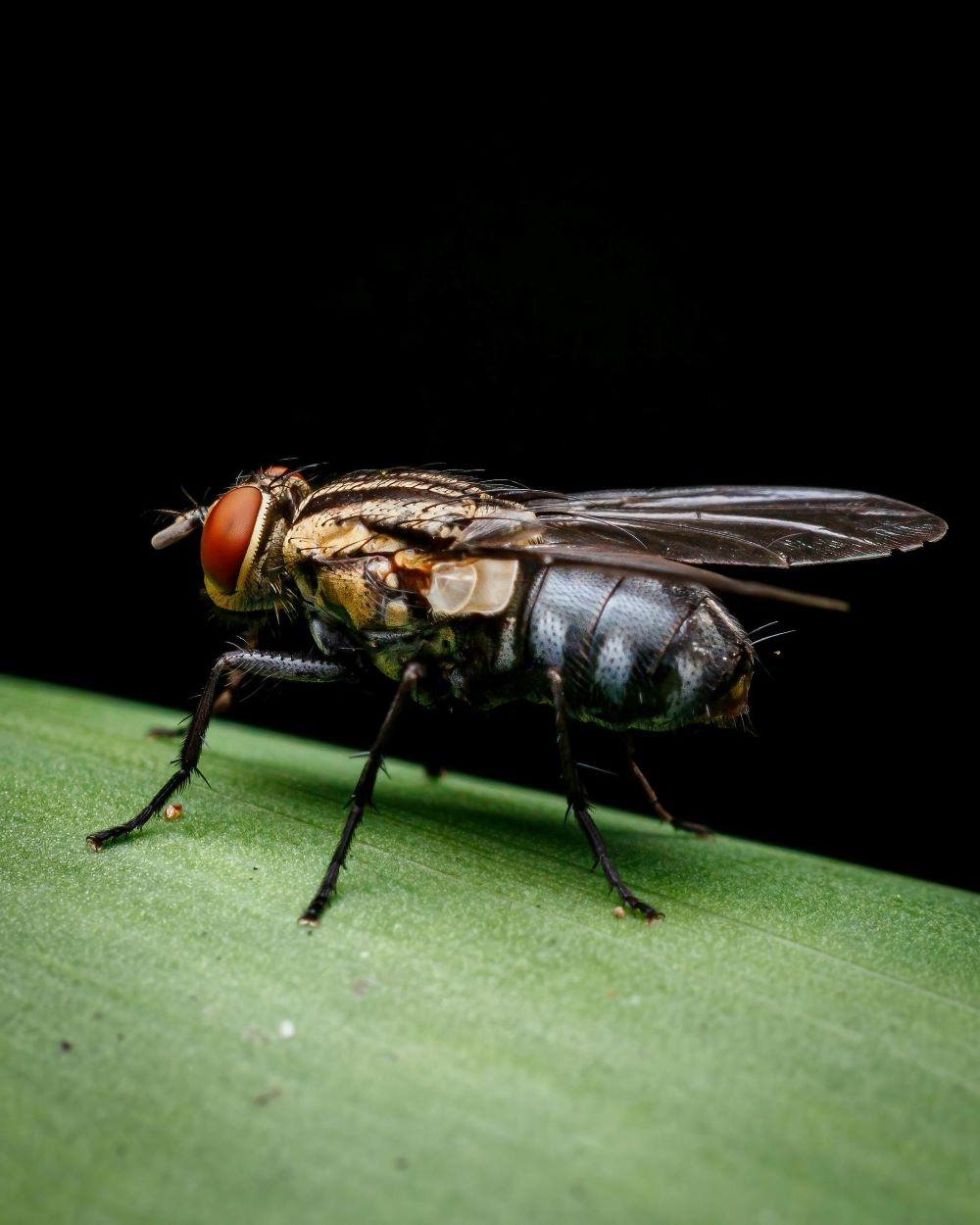Scientists infect volunteers with tropical illness to monitor reactions before eliminating its spread.
In a new study published in Nature Medicine, a team of researchers from the University of York and Hull York Medical School have made significant strides in the fight against leishmaniasis, a little-known, but potentially life-threatening tropical disease that is transmitted by sand fly bites. The team created a new, safe and effective method to infect volunteers with the parasite responsible for the illness in order to measure skin reactions and the immune responses in real-time at the injection sites before terminating its spread. Better understanding the effects of contracting the illness can help scientists create a vaccine in the future that will successfully fend off the disease.
Similar to malaria, leishmaniasis is a vector-borne illness caused by protozoan parasites, which develops as a result of being bitten by an infected insect. However, unlike malaria, leishmaniasis, caused specifically by Leishmania parasites and is transmitted by infected female phlebotomine sand flies, manifesting in one of three forms – cutaneous, mucocutaneous, or visceral forms. The infection impacts the skin, mucous membranes, and internal organs of the body, respectively, as it spreads. Malaria, on the other hands, is caused by Plasmodium parasites, and is transmitted by infected female Anopheles mosquitoes, primarily impacting the blood and liver, causing symptoms like fever, chills, and anemia. Both diseases are most prevalent in tropical and subtropical regions, but with global warming and international travel, the bugs can migrate and infect individuals who live in other areas of the world as well.

Leishmaniasis manifests with different symptoms in each of its three forms: cutaneous causes skin sores; mucocutaneous affects mucous membranes of the nose, mouth, and throat, and visceral attacks internal organs including spleen, liver, and bone marrow. Symptoms of each of the forms also vary but can be severe. These include skin ulcers, fever, expected, rapid weight loss, anemia, and swelling of the liver and spleen. Leishmaniasis, in all three of its types, is relatively uncommon, making it often difficult for those infected to tie symptoms to the illness with health experts reporting roughly one million cases globally each year.
The new study involved exposing volunteer participants, in a safe and controlled way, to sand flies infected with a parasite that causes one of the milder forms of leishmaniasis. Researchers then monitored the development of lesions (or ulcers) at the bite site to track the infection’s progress in real-time and terminated the infection via skin biopsy. This allowed them to analyze each participants’ immune responses at the infection site in order to determine patterns of disease development across the sample. With the use of cutting-edge technologies to monitor the stages of the infection and the body’s response in real-time, researchers can now determine next steps in vaccine development. In their report, the team stated confidently that this model will expedite efforts to test new proposed vaccines in lab settings and enhance understanding of how immunity to leishmaniasis develops, which is pertinent to vaccine creation.
Looking ahead, the team plan to use their model to next design feasible clinical trials for a vaccine developed at Hull York Medical School, as well as for other potential vaccines relevant to similar illnesses. Controlled human infection models have previously supported much-needed vaccine development for numerous diseases, including cholera, malaria, influenza, dengue fever, and, most recently, COVID-19.
Sources:
Pioneering study brings leishmaniasis vaccine development closer


Join the conversation!